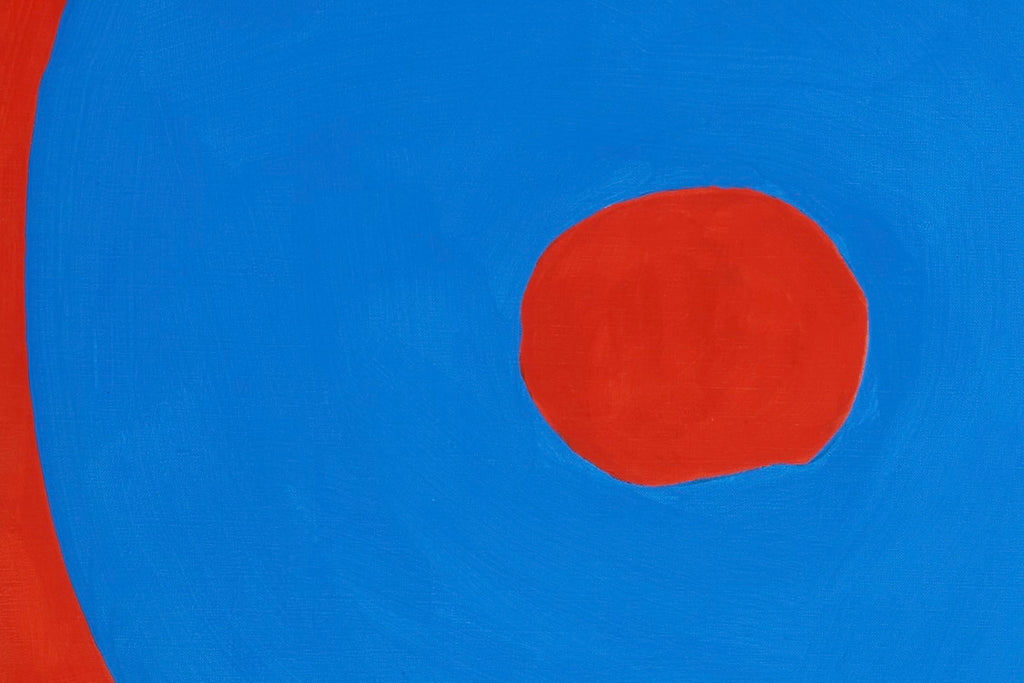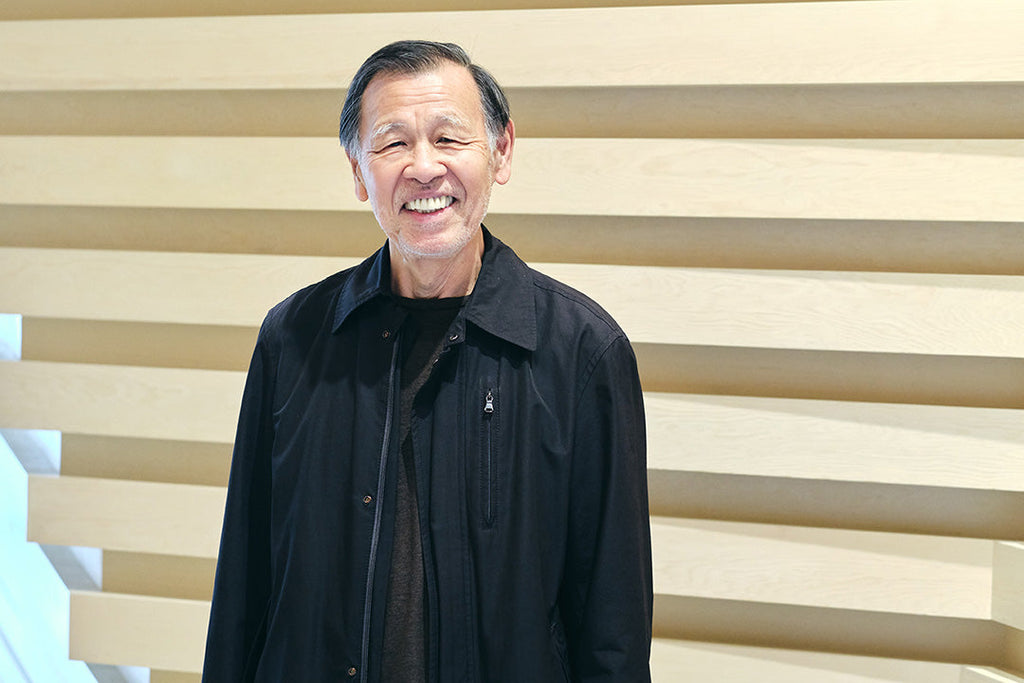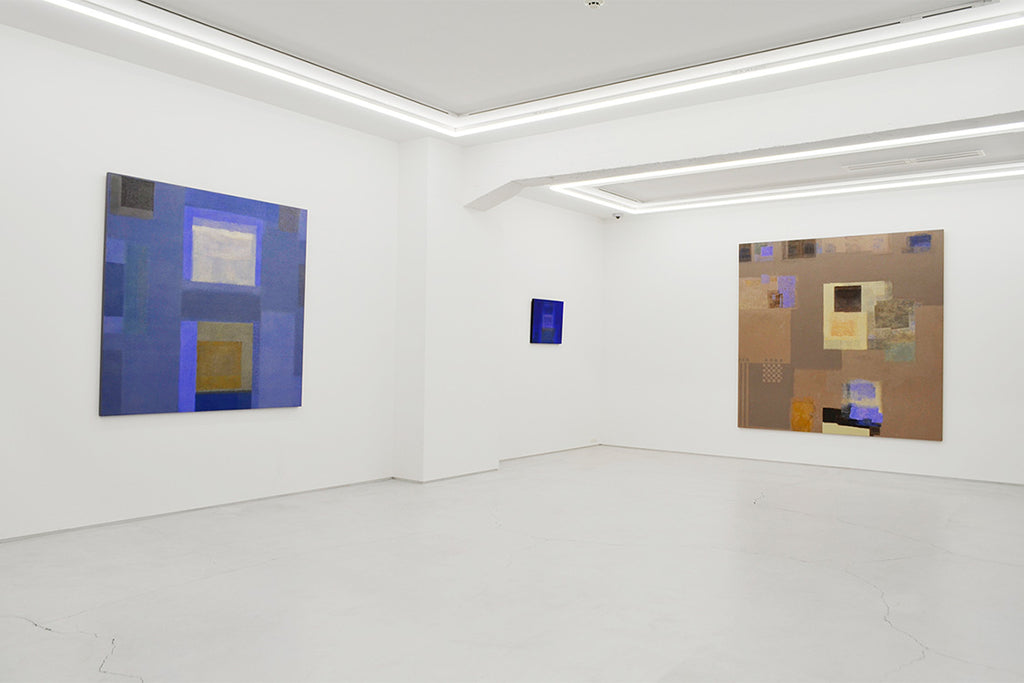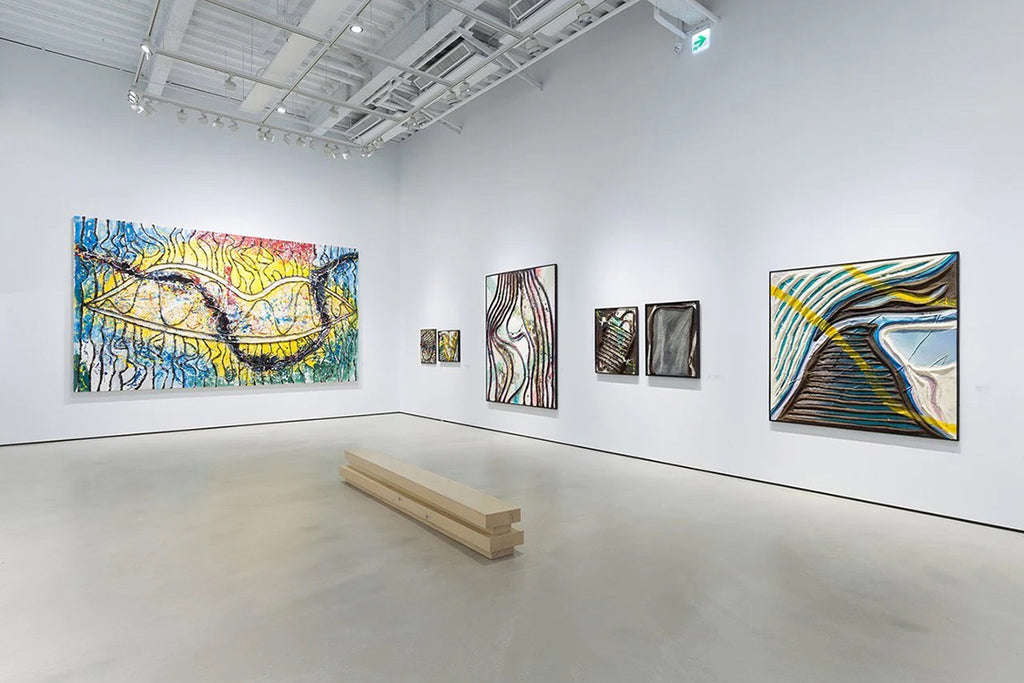ARTICLES
The World is Full of Cultures that Inspire Me: Ronald Ventura
A New Appreciation Contemporary Japanese and Asian Art
17/23

"RONALD VENTURA: Comic Lives", Whitestone Ginza New Gallery, 2018
In our ongoing series, we present the digital archive of the book 'A New Appreciation Contemporary Japanese and Asian Art' This book delves into internationally acclaimed artists and the dynamics of the Asian art market. The seventeenth installment features artist Ronald Ventura and art critic Kunio Motoe.
The World is Full of Cultures that Inspire Me|Interviews of Experts in the Art Industry
Ronald Ventura
Artist
Kunio Motoe
Professor Emeritus, Tama Art University, Art Critic
Ronald Ventura, a Filipino contemporary artist, ranks as one of the most acclaimed artists of his generation in Southeast Asia. He cultivated his creative passion from Michael Jackson and Japanese animations that he encountered in his young days in the 1980s and 90s. Later, he traveled around the world and was inspired by the various contemporary cultures he encountered. Ventura continues his art in the international stage by saying, “The world is full of cultures that inspire me. My job is to turn them into art.”

From left: Kunio Motoe, Ronald Ventura (artist)
Inspiration from Michael Jackson and Japanese Film and Animations
Motoe: I first saw your work at the Whitestone Gallery in Ginza in the end of 2018. I received a fashionable and elegant impression from the work. While it appeared to be an image consisting of photorealism and pop art, layers of cultures behind the work add something very deep to it.
Today, I would like to interview the globally active Mr. Ventura on his roots up to the present.
Ventura: Thank you very much for coming all the way to Manila. I am very honored to meet Mr. Motoe, a renowned art critic in Japan.
Motoe: I am very honored to meet you, too. I so looked forward to this opportunity. While I was waiting for you, Mr. Egan (a journalist who knows Ventura’s childhood) told me that you were extremely talented in drawing since you were young. When did you start thinking about being an artist?
Ventura: I liked drawing since I was a child. I mastered drawing before I mastered all the alphabets. When I was five or six, a Japanese animation, Chodenji Machine Voltes V, was so popular, so I often drew its characters. One day in high school, I returned home after a long absence and found my Voltes V drawing still put up on the door (laugh). Maybe that was when I started thinking about being an artist.
Motoe: According to Mr. Egan, your Michael Jackson portrait was displayed in the school.
Ventura: Michael Jackson was the most influential artist to me in the 1980s and 90s. At that time, popular music videos were being played in the Philippines, and Western music including that of Michael Jackson fascinated the young generation. I was especially influenced by Michael since he was great not only in his music, but also in his dance. He was like my hero.
Motoe: You probably drew Michael Jackson since you felt Michael dancing was beautiful.
Ventura: Probably. His music, dance, video, and artworks were all so great, and he represented the perfect person to me then. His power may have raised my creative passion.
Motoe: Did you receive more influence from his videos and artworks rather than his songs?
Ventura: I think so. Rock and Heavy Metal were booming then, and various images were brought to the Philippines with the music. The most recent example is probably Hip Hop.
I was always influenced by these images.
On the other hand, animations like Dragon Ball, Mobile Suit Gundam, and Mazinger Z were brought from Japan. It was a very exciting period of time.
Motoe: Were you influenced by so-called Fine Arts like important artists in art history or post-war American arts?

“Comic Lives 3” 2018, 121.9×182.9cm, Oil on canvas
Being Stateless and the Importance of Freedom in Expression
Ventura: I was familiar with the work of Juan Luna1 since my childhood because his works were in the museum, and thus, he may have influenced me a little. I began studying Western and Eastern art history seriously only after entering art school.
Motoe: What is most important for you when making artworks?
Ventura: I think it is important to learn histories, not only that of the Philippines but that of different countries. What I feel as similarities or differences often become the basis of the work. It can be said that the artist’s role is to connect the histories of past and present. I always think that way.
Motoe: I first noticed Filipino contemporary art about twenty-five years ago. The Japan Foundation organized a group exhibition of contemporary Asian art, and some Filipino artists were included in the show. I remember seeing a very political piece placing a figure in front of the wire fence, which was not very popular among the Japanese journalists. They wrote articles saying something along the lines of it “mocking contemporary art where it does not exist.”
The article had a tone that suggested Japanese contemporary art was more progressed, so I wrote a counter article since I completely disagreed with that notion. But, I also think this cannot be understood without asking Filipino artists.
Ventura: Do you mean if it is realistic to do contemporary art in the Philippines?
Motoe: Yes.
Ventura: I personally think that art has no nationality. I was born in Manila but do not bear Manila. I create art by traveling around and experiencing various contemporary cultures.
This might be like Paul Gauguin, who traveled throughout the world. Our thoughts and creativities need to be free from any constraints. As a Filipino artist, being stateless and free in my expressions is more important than the sense of reality.
Motoe: Does it mean that Filipinoness or cultures and traditions unique to the Philippines are not that important?
Ventura: Maybe so. But there is probably a gap between how you and I define “Filipinoness.” As you know, the Philippines has a history of colonization by Spain, the United States, and Japan. The majority of the population is Catholic and many attend church services on Sunday. While the economic gap is huge, there is an openness to accept any culture from any country. Both in a good way and a bad way, they’re always welcome (laugh)!

“Comic Lives 11” 2018, 40.6×30.5cm, Oil on canvas
Christianity as a Root and the History of “Passion” in the Philippines
Motoe: It is probably true. Even on the trip from the airport, I could feel the chaotic atmosphere where various cultures coexist along with the old and modern buildings. I thought it was a unique Asian scenery, but many people were playing basketball in the park. Some spoke in English and others spoke in Tagalog. And unlike Japan, there were many young people. This is the energy of a growing country.
By the way, why do you think Christianity became ingrained in this country?
Ventura: It is probably because we are a poor country. People needed God as a symbol of salvation.
Motoe: It is said that close to ninety percent of the people in the Philippines are Catholic. There is a complexity in its history when considering its background of being colonized by Spain, the United States, and Japan. There are countries who cannot get away from the victim mentality from the colonial times. But the Filipino people seem very nice, although it has only been a few hours since I arrived here.
Ventura: The service mentality and hospitality might be considered as something Filipino-like. As are the acceptance and mixture of cultures from various countries.
Motoe: My impression of your work was quite similar. In your work, Japanese anime and cosplay, as well as American pop arts, are mixed together on top of Super Realism. There seems to be some link to the formation of the Philippines and its national identity.
I also heard from Mr. Egan that the image of Holy Week2 is also used in the background. There are metaphorical elements as well, and I feel that contemporary Filipino art needs to be studied further.
Ventura: Contemporary society is full of information and images. For instance, when we walk while talking over our smartphone, new images appear one after another. I think I see Shibuya and Harajuku through a different perspective. Similarly, wherever I visit, I find cultures that give me strong inspirations. It is my job to take them in and transform them into art.
Motoe: In a sense, your work itself is the Philippines. My last question is about your group show in Venice in May.
Ventura: I will participate the exhibition “Diversity for Peace!” at the Procuratie Vecchie in Piazza San Marco during the Venice Biennale. I would like you to write some texts about my art, and so hope to see you in Venice or Tokyo.
Thank you for coming here today.
Motoe: Thank you for your time, too. It was worth traveling here for this short interview. I am glad to have a chance to introduce your works to art fans in Japan. I hope to see you again somewhere. Thank you so much.
Book Information
Title: A New Appreciation Contemporary Japanese and Asian Art (English Edition)
Publisher : Whitestone Co., Ltd.
Release Date : February 26, 2020
*Information in this article is at the time of publication.
1Juan Luna y Novicio (1857-99) is a Filipino painter and a political activist who lived through the Philippine Revolution. He studied under a Spanish painter and studied in Spain as well. As a political activist, he became a part of the Philippine delegation at the Treaty of Paris, ending the Spanish-American War.
2Holy Week is a week-long religious observance to reflect on sins as a preparation for Easter, reflecting on the Passion and imprisonment of Christ.



